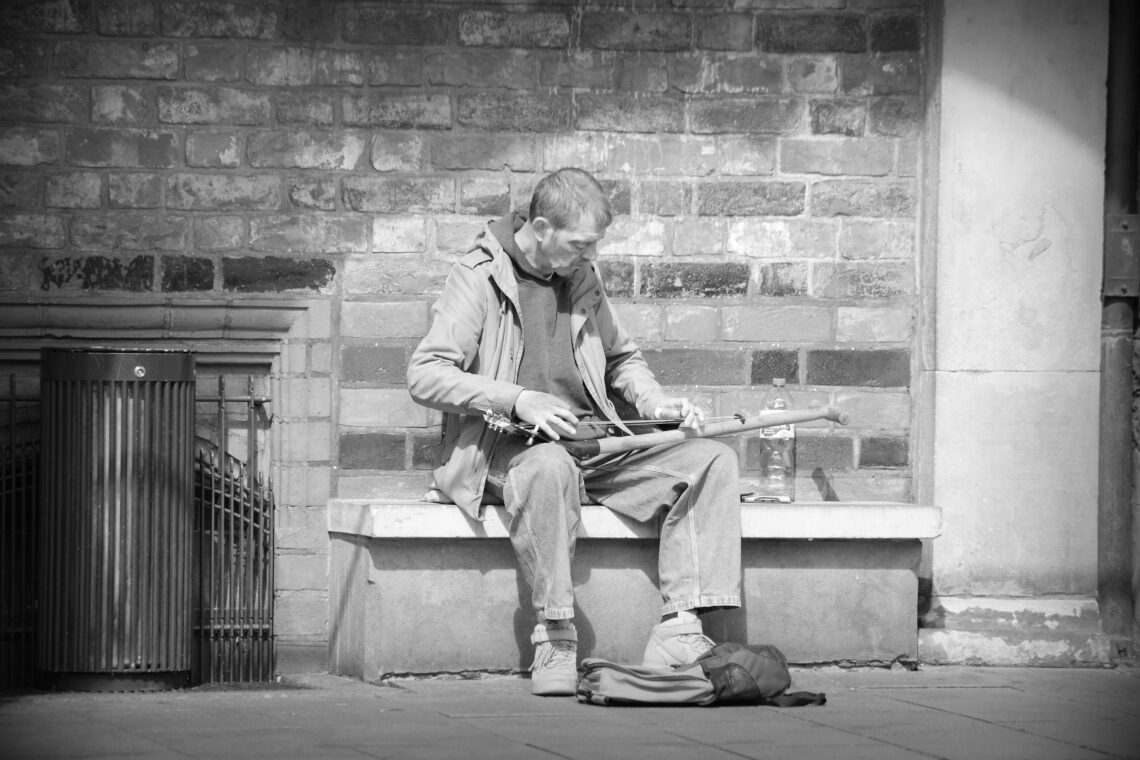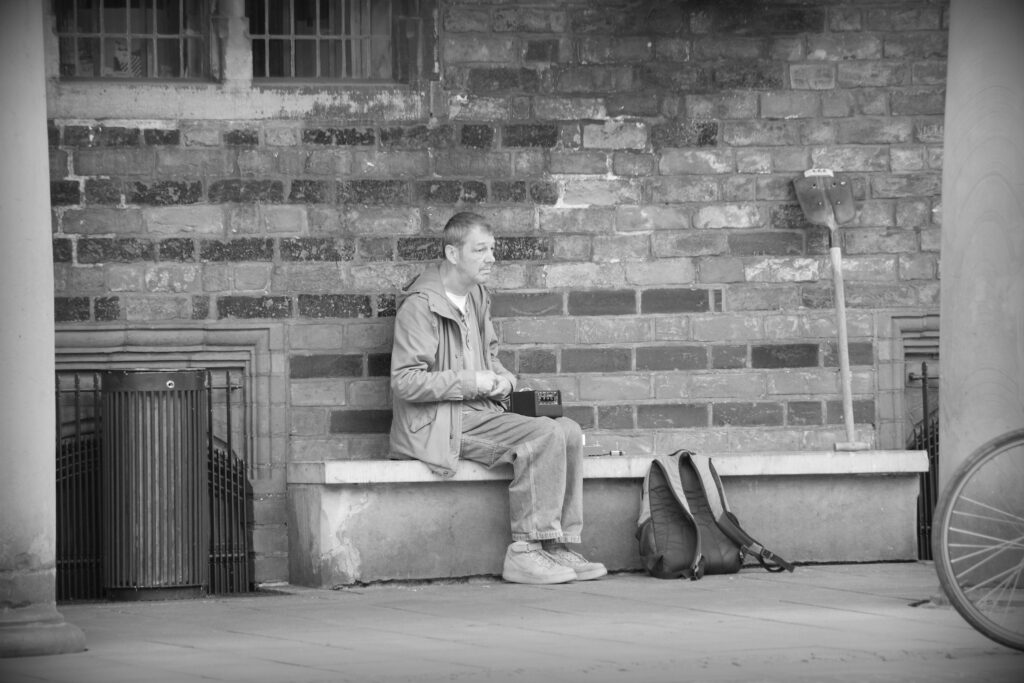
It’s Not Always What You Can See
I took the header photograph to this post back in June 2024, at a time when I was more active with my camera, travelling to many cities across the country, and making great plans for the future. Not, I hasten to add, my first great plans for the future, merely the latest ones. In the past I have written books, short stories, magazine articles and other papers for publication. I have acted on the theatre stage, and been in one or two minor films over which it is best to be quiet. I have invested in real estate, in art, in literature, in antique photography. The next great plan for the future is always just there, on the horizon, and the last great plan was merely working toward it. The photography, both as a street photographer and as a collector, is the one area of the Arts that I constantly return to; the most time-consuming; the most fruitful. And even here, on the collection side, I have had to take a two year break which, I am pleased to say, has now been broken.
Recently I was confronted, on social media, by someone criticising an artist for their work. Not to their face, not even with the chance of them having the possibility of a response or justification for their talents, but as a snide aside in the security of probable anonymity. I have not seen the work of art – the latter word being what was in dispute in this case – but going by the description it was a painted canvas, square, but with only one colour across the entire surface. Now, I am not talking about a monochrome image, where there is something to see, but a single canvas covered in a single colour; no form or depth, nothing but the blank colour. Several very well-known, if not famous, artists have produced such works over the centuries although, to be honest, I suspect it might be closer to the truth to claim a time period of one century. For some, and this is understandable, the produced work is merely a canvas painted over; it is lacking in anything of interest; it is a work waiting to be completed after the background colour has been laid. For others, and I am one of those, there is a different story, and it is not what we physically see before us.
In one of the museums in Bremen, Germany, dedicated to the printed and painted arts, there is a small canvas on display. It’s not in the main hall, nor part of any great exhibition, the explanatory label merely notes a title and the artist’s name. It is plain white, with no depth, no perspective, no image, nothing that the naked eye can see but white paint on a small, square canvas. Most people glance, and move on. Which is a shame, and partially the fault of the museum itself, with a failure to put the story behind this canvas onto the small descriptive label. The story is that an art collector wished to have a very special painting produced by a well-known artist, to his own specifications, and which was to be seen by no one during the painting process, nor once it was completed. When the artist finally called him to say that the work was finished, he travelled to the studio and spent some time there, sitting in front of his commissioned work, admiring it. Then he ordered the artist to paint over the image, so that no hint of what was underneath might be left for anyone else to see.
A small, square canvas, covered in white paint, hanging on a wall in an art gallery, and only two people have ever seen what is beneath that white paint. It has a story, a history, and something of a mystery hanging over it. Does that make it art? Does the fact that the viewer can see nothing of the original work stop it being art?

At the start of this post I drew the readers’ attention to my header photograph. It shows a homeless person in the centre of the city, playing some sort of musical instrument and hoping for a few coins to see him through his next meal. Almost everyone who has seen this image has looked quickly, made their judgement, and moved on to the next image, and I do not doubt that those viewing it here, as the header to this post, have done much the same. There is, though, a story with this image, as the reader should be able to see from the second photograph, above. It might take a moment, for others it has been almost invisible, but it enhances the idea of the production of art which we do not see at first glance, which we do not understand the depth of. The music which this person produces, his own form of art, is played on the instrument standing to his left hand side. Is this still art, or music, when it is not played on an instrument which we wish to recognise as a musical instrument? More to the point: is anything that we see in life really what we imagine or take it to be?

